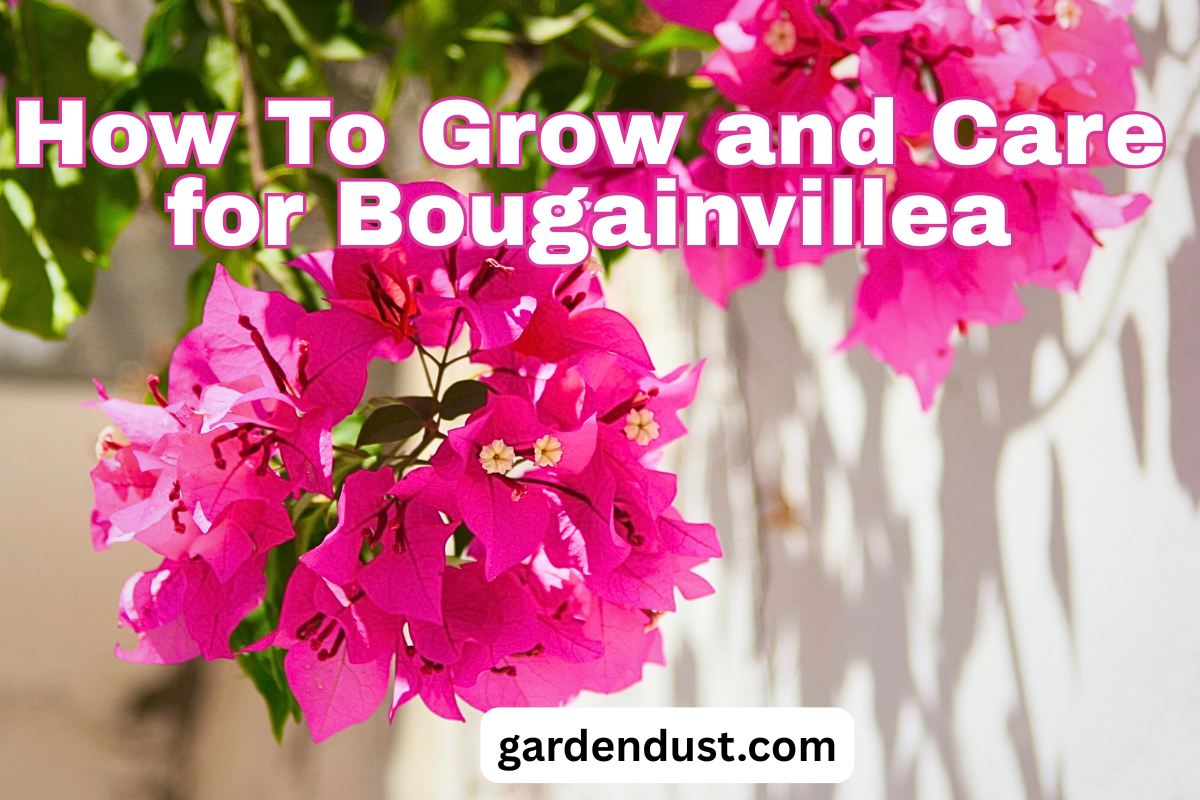Tomatoes are a popular and nutritious fruit (although they are often treated as a vegetable in cooking). They are a good source of vitamin C, potassium, and lycopene, which is an antioxidant that may help reduce the risk of certain types of cancer.
Tomatoes come in a variety of shapes, sizes, and colors, from small cherry tomatoes to large beefsteak tomatoes. They can be eaten raw or cooked and used in a wide range of dishes, including salads, sauces, and soups.
Botanical Name- Solanum lycopersicum.
Family – Solanaceae
Native -Western South America
Growing and caring for tomato plants can be a fun and rewarding experience. Here are some tips to help you get started:
Choose the right location:
Tomato plants need plenty of sunlight, at least six hours a day, so choose a location that gets full sun. They also need well-draining soil that is rich in organic matter.
Start with good seeds or seedlings:
You can start tomato plants from seeds or purchase seedlings from a local nursery. If you’re starting from seed, make sure to start them indoors about 6-8 weeks before the last expected frost date in your area.
Plant the tomato plants:
When planting, dig a hole slightly larger than the root ball of the seedling and bury it deep enough to cover the stem up to the first set of leaves. This will encourage the plant to grow more roots.
Water regularly:
Tomatoes need consistent watering, especially during dry spells. Water deeply once a week or more often if the weather is particularly hot and dry.
Fertilize regularly:
Tomatoes need plenty of nutrients to grow and produce fruit. You can use a balanced fertilizer every 2-3 weeks or use compost as a natural fertilizer.
Support the plants:
Tomato plants can get quite heavy as they grow, so it’s important to provide support to keep them from falling over. You can use tomato cages, stakes, or trellises to keep the plants upright.
Prune the plants:
As the tomato plants grow, they will produce suckers, or side shoots, between the stem and branches. These suckers can be removed to encourage the plant to focus its energy on producing fruit.
Harvest the tomatoes:
Tomatoes are ready to harvest when they are fully ripe and have a deep, rich color. Pick them as soon as they are ripe to avoid overripe or damaged fruit.
By following these tips, you can grow healthy and productive tomato plants in your garden.
When choosing tomatoes, look for ones that are firm, plump, and free of bruises or blemishes. Tomatoes should be stored at room temperature and used within a few days. If they are not ripe when purchased, they can be ripened at home by storing them in a paper bag with an apple or banana, which will release ethylene gas and speed up the ripening process.
Common Pests And Disease of Tomato
Tomatoes are susceptible to a variety of pests and diseases. Here are some of the most common ones:
Pests:
Aphids: These tiny insects feed on the sap of the plant and can cause stunted growth and distorted leaves.
- Tomato hornworm: These large green caterpillars can quickly strip a tomato plant of its leaves and fruit.
- Whiteflies: These tiny, white flying insects can weaken a plant by feeding on its sap and spreading diseases.
- Spider mites: These tiny pests can cause yellowing of the leaves and webbing on the plant.
Diseases:
- Fusarium wilt: This soil-borne disease can cause yellowing and wilting of the leaves and stunted growth.
- Early blight: This fungal disease can cause dark spots on the leaves and stems and can lead to premature fruit drop.
- Late blight: This fungal disease can cause brown spots on the leaves and stems and can quickly kill the entire plant.
- Verticillium wilt: This soil-borne disease can cause yellowing and wilting of the leaves and stunted growth.
Preventing and controlling pests and diseases can be done by:
Planting disease-resistant varieties
Providing good air circulation and avoiding overcrowding
Watering at the base of the plant and avoiding overhead watering
Using organic pest control methods such as handpicking and insecticidal soap
Practicing crop rotation and soil management techniques to reduce the buildup of pests and diseases in the soil.
Propagation of Tomato
Tomatoes can be propagated by seeds or cuttings. Here are the steps for each method:
Propagation by seeds:
Select healthy and ripe tomatoes.
Cut the tomatoes and remove the seeds.
Rinse the seeds with water and remove any flesh.
Place the seeds in a paper towel and allow them to dry for a day or two.
Once the seeds are dry, plant them in a seed tray or pot filled with potting soil.
Water the seeds regularly and keep them in a warm and bright location.
Once the seedlings have grown a few inches tall, they can be transplanted into individual pots or the garden.
Propagation by cuttings:
Choose a healthy tomato plant with strong stems.
Cut a stem that is at least 4-6 inches long and has several leaves.
Remove the leaves from the bottom 1-2 inches of the stem.
Dip the cut end of the stem in rooting hormone.
Plant the stem in a pot filled with potting soil.
Water the soil and keep it moist.
Cover the pot with a plastic bag or a clear plastic container to maintain humidity.
Place the pot in a bright location, but out of direct sunlight.
Once the roots have developed, the plant can be transplanted into a larger pot or the garden.







